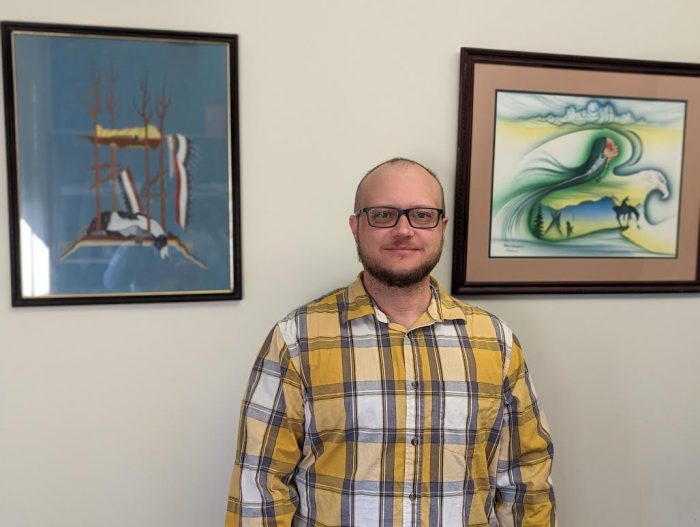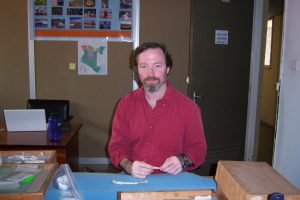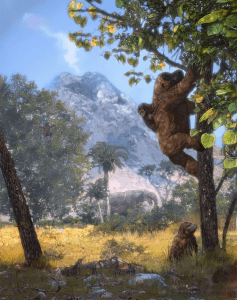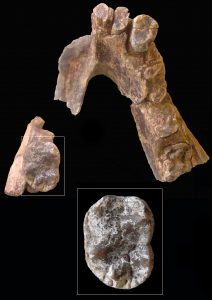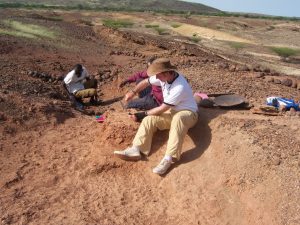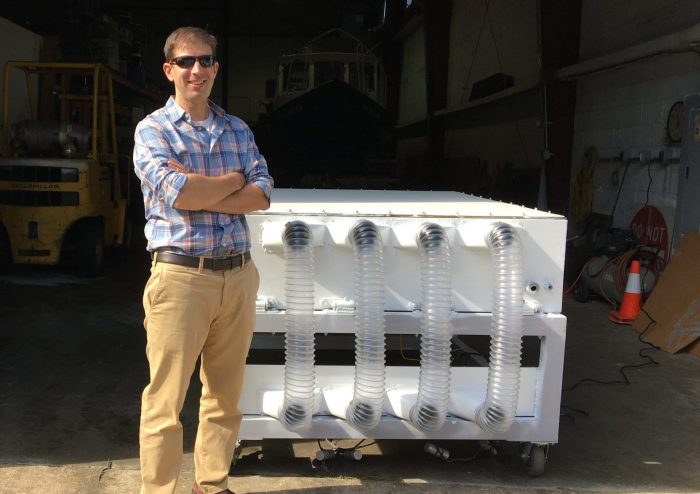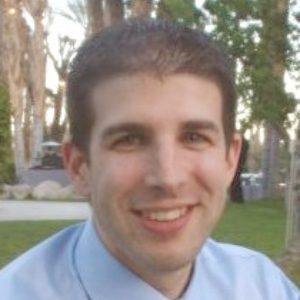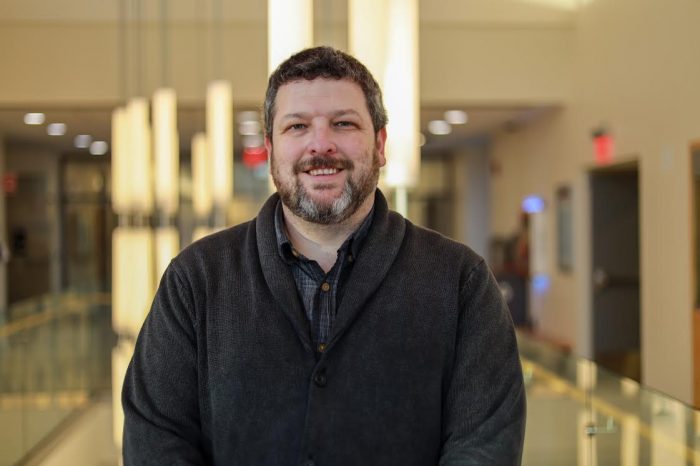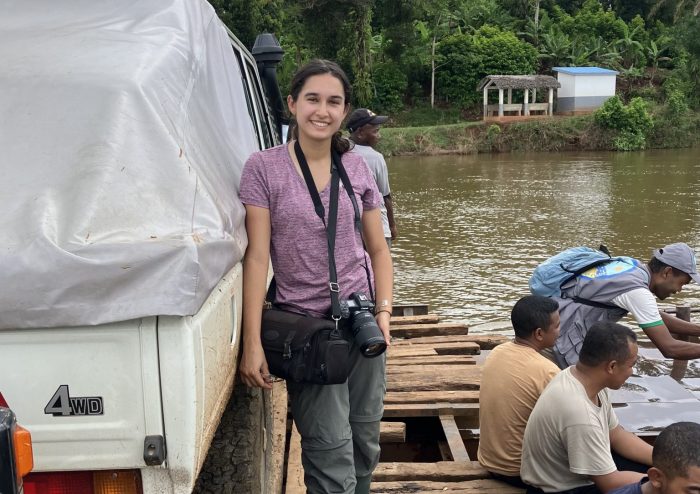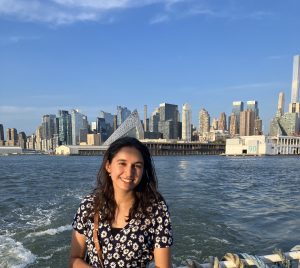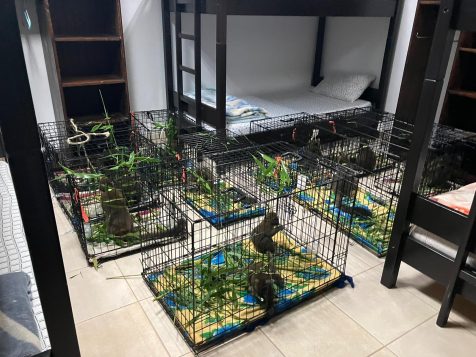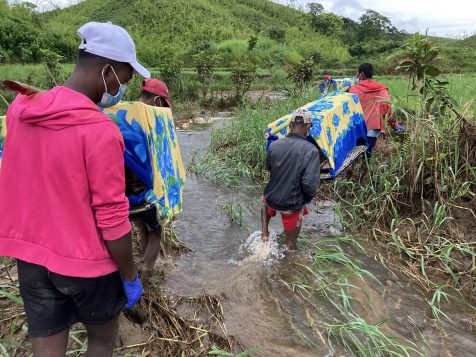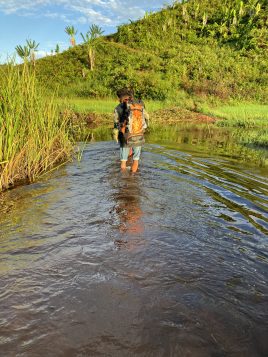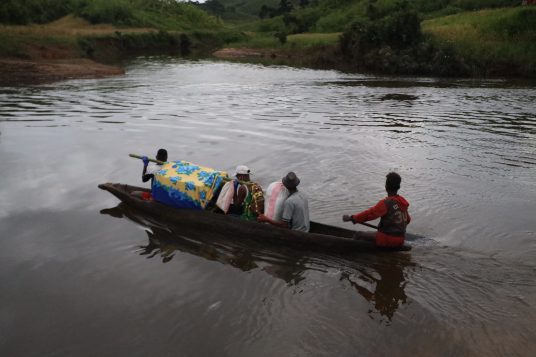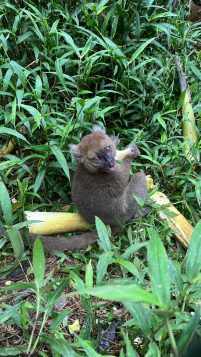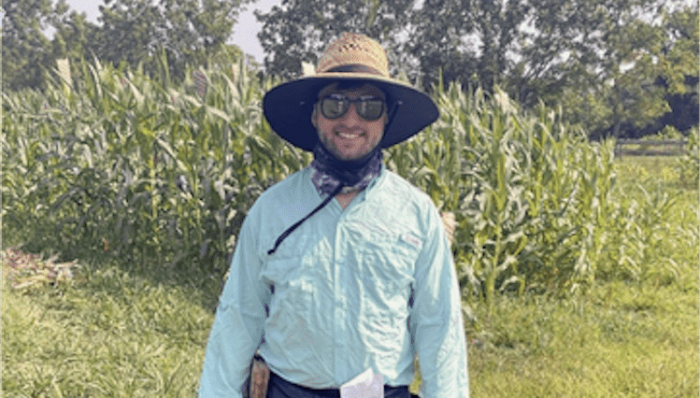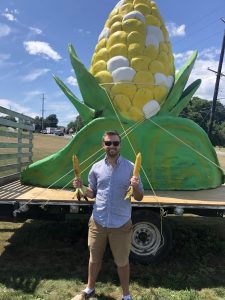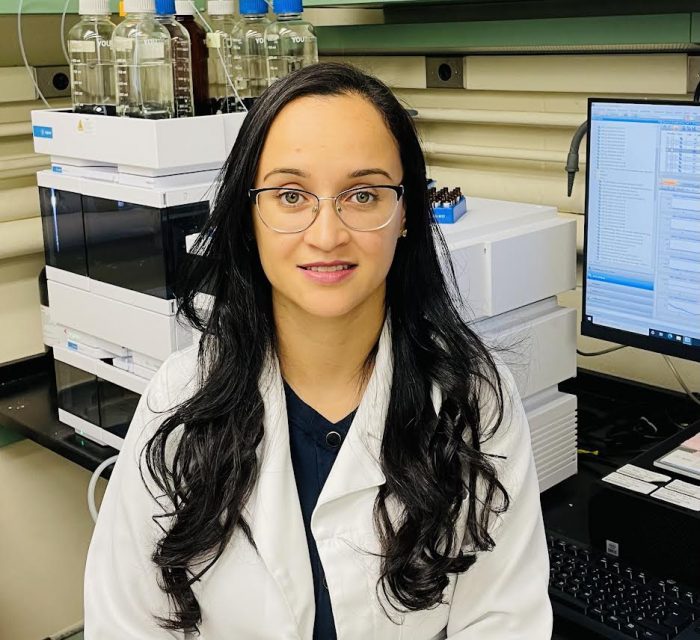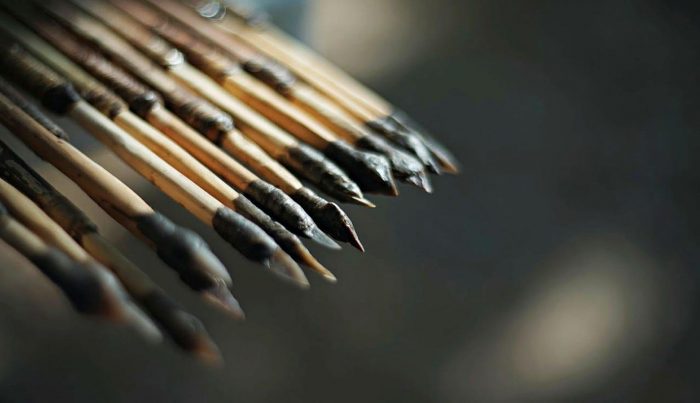By Daniel Dunaief
Cold Spring Harbor Laboratory Assistant Professor Lucas Cheadle knows a thing or two about under represented groups in the field of Science, Technology, Engineering and Mathematics.
Of Chickasaw, Choctaw and Cherokee lineage, Cheadle, who was born in Ada, Oklahoma, was recently named one of 31 inaugural Howard Hughes Medical Institute’s (HHMI) Freeman Hrabowski scholars.
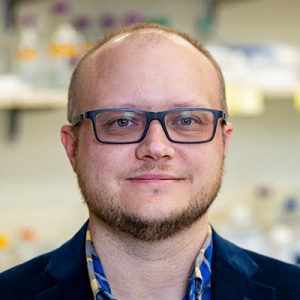
The first scholars in this highly competitive and unique program, which drew 1,036 applicants, will receive funding that will last at least five years and could get as much as $8.6 million each for their promising early research and for supporting diversity, equity and inclusion in their labs.
“This is the first time a program of this type and magnitude has been attempted,” said HHMI Vice President and Chief Scientific Officer Leslie Vosshall. The scholars are “doing things that set them in the top one percent in creativity and boldness and we are certain we are going to have really healthy, inclusive, diverse labs.”
Vosshall said the scholars, which include scientists from 22 institutions, including Columbia, Harvard, Duke, Cornell, Princeton, the University of Pennsylvania, and Massachusetts Institute of Technology, hit it “out of the park” in their science and diversity efforts.
HHMI, which has committed $1.5 billion for Freeman Hrabowski Scholars, will award about 30 of these select scholarships every other year for the next 10 years, supporting promising scientists who can serve as mentors for under represented groups while also creating a network of researchers who can provide advice and collaborations.
The first group of scientists to receive this support is “diverse in such a way that it reflects the U.S. population,” Vosshall said.
The program is named after Freeman Hrabowski, who was born in Birmingham, Alabama and was president of the University of Maryland, Baltimore County, from 1992 to 2022. Hrabowski, who was arrested during the civil rights movement, created a tutoring center in math and science for African Americans in high school and college and helped create the Meyerhoff Scholars Program.
Cheadle was celebrating the December holidays in Oklahoma when he learned he was a semifinalist, which was “really surprising and exciting,” he recalled. Becoming an HHMI scholar is “amazing” and “very validating,” he said.
Bruce Stillman, President and CEO of CSHL, suggested that HHMI recognition is “a prestigious achievement” and, in a email, wrote that he was “pleased that [Cheadle] was included in the list of remarkable scientists.”
Stillman predicted that Cheadle’s passion about increasing diversity in science would have a “major influence” on CSHL.”
Scientific questions
Cheadle appreciates how HHMI funds the scientist, not individual projects. With this unrestricted funding, which includes full salary and benefits and a research budget of about $2 million over the first five years and eligibility to participate in HHMI capital equipment purchasing programs, Cheadle and other scholars can pursue higher-risk, higher-reward projects.
“If I have a crazy idea tomorrow, I can do that with this with funding,” Cheadle explained.
Cheadle, who joined CSHL in August of 2020, studies the way the immune system shapes brain development, plasticity and function. He also seeks to understand how inflammatory signals that disrupt neural circuit maturation affect various disorders, such as autism.
Last September, Cheadle and his lab, which currently includes six postdoctoral researchers, two PhD students, one master’s student, a lab manager and two technicians, published a paper in Nature Neuroscience that showed how oligodendrocyte precursor cells, or OPCs, help shape the brain during early development.
Previously, scientists believed OPCs produced cells that surrounded and supported neurons. Cheadle’s recent work shows that they can play other roles in the brain as well, which are also likely instrumental in neural circuit construction and function.
When young mice raised in the dark received their first exposure to light, these OPCs engulfed visual processing circuits in the brain, which suggested that they helped regulated connections associated with experience.
With this new position and funding, Cheadle also plans to explore the interaction between the development of nerves in the periphery of the brain and different organs in the body, as well as how immune cells sculpt nerve connectivity.
He is not only studying this development for normal, healthy mice, but is also exploring how these interactions could explain why inflammation has arisen as such an important player in neurodevelopmental dysfunction.
Stillman explained that Cheadle’s work will “have broad implications.”
A talented, balanced team
Cheadle is committed to creating a balanced team of researchers from a variety of backgrounds.
“As principal investigators,” Cheadle said, “we have to actively work to have a diverse lab.”
He has posted advertisements on women’s college forums to garner more applications from women and under represented groups. He has also adopted a mentorship philosophy that focuses on inclusivity.
Cheadle explained that he hopes to be adaptable to the way other people work. Through weekly lab meetings, mentorship arrangements and reciprocal interactions, he hopes to provide common ground for each aspiring scientist.
He recognizes that such goals take extra effort, but he feels the benefits outweigh the costs.
During annual events, Cheadle also leans in to the cultural diversity and differences of his staff. He hosts a pre-Thanksgiving pot luck dinner, where everybody brings a food item that’s important and close to them.
Last year, he made pashofa out of cracked corn that his stepmom sent him from the Chickasaw Nation in Oklahoma. Pashofa is a traditional meat and corn Chickasaw dish. Other lab members brought tropical beverages common in Brazil.
In terms of diversity in science, Cheadle believes such efforts take years to establish. Through an approach that encourages people from different backgrounds to succeed in his lab, Cheadle hopes to share his thoughts and experiences with other researchers.
Cheadle last summer hosted a Chickasaw student on campus to do research. He is working with the Chickasaw Nation to expand that relationship.
As for the Freeman Hrabowski scholars, Vosshall said all HHMI wants to do is “allow everybody to do science.-
—————————————————————————————
HHMI Chief Scientific Officer Vosshall celebrates benefits of diversity in science
By Daniel Dunaief
It’s not one or the other. She believes in both at the same time. For Leslie Vosshall, Vice President and Chief Scientific Officer at Howard Hughes Medical Institute, science and diversity are stronger when research goals and equity work together.
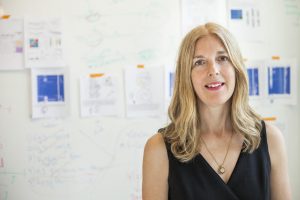
That’s the mission of the new and unique HHMI Freeman Hrabowski Scholars program. HHMI this week named 31 inaugural scholars as a part of an effort designed to support promising scientists who provide opportunities to mentor historically under represented groups in research.
Cold Spring Harbor Laboratory Assistant Professor Lucas Cheadle was among the 31 scientists who became HHMI scholars (see related story above), enabling him to receive financial support for the next five years and up to $8.6 million for the next decade.
In an interview, Vosshall said the “special sauce of this group” of scientists who distinguished themselves from among the 1,036 who applied was that they excel as researchers and as supporters of diversity. Bringing in people who may not have had opportunities as scientific researchers not only helps their careers but also enables researchers to take creative approaches to research questions.
“When you bring in people from the ‘out group’ who have been historically excluded, they have an energy of getting into the playing field,” she said. That innovation can translate into successful risk taking.
As an example, Vosshall cited Carolyn Bertozzi, a chemist at Stanford University who shared the 2022 Nobel Prize in Chemistry for helping to develop the field of bioorthogonal chemistry, which involves a set of reactions in which scientists study molecules and their interactions in living things without interfering with natural processes.
Her lab developed the methods in the late 1990’s to answer questions about the role of sugars in biology, to solve practical problems and to develop better tests for infectious diseases. “This scrappy band of women chemists tried this crazy stuff” which provided “massive innovations in chemical biology,” Vosshall said. Mainstream science often solidifies into a groove in which the same thing happens repeatedly. “Innovation comes from the edges,” she added.
In her own to hire staff in her lab, Vosshall has taken an active approach to find candidates from under served communities. “People who have pulled themselves up have worked so hard to get to where they are,” she said. “It’s important to dig deeper to find talent everywhere.”
Keeping away from the off-ramp
The number of under represented groups in science has improved over the last few decades. Indeed, when Vosshall joined Rockefeller University, where she is the Robin Chemers Neustein Professor, she couldn’t count 10 women faculty. Now, 23 years later, that number has doubled.
The number of people in under represented groups in graduate programs has increased. The problem, Vosshall said, is that they “take the off-ramp” from academic science” because they don’t always feel “welcome in the labs.” Supporting diversity will keep people in academic science, who can and will make important discoveries in basic and translational science.
As a part of the Freeman Hrabowski program, HHMI plans to survey people who were trainees in these labs to ask about their mentoring experience. By tracking how developing scientists are doing, HHMI hopes to create a blueprint for building diversity.
HHMI has hired a consultant who will analyze the data, comparing the results for the results and career trajectories. The research institute will publish a paper on the outcome of the first cohort. Researchers in this first group will not only receive money, but will also have an opportunity to interact with each other to share ideas.
New approach
When Vosshall earned her PhD, she considered an alternative career. She bought a training book for the Legal Scholastic Aptitude Test and considered applying to law school, as she was “fed up with how I was treated and fed up with science”
Nonetheless, Vosshall, who built a successful scientific career in which she conducts research into olfactory cues disease-bearing insects like mosquitoes seek when searching for humans, remained in the field.
To be sure, Vosshall and HHMI aren’t advocating for principal investigators to hire only people from under represented groups. The promising part of this scholarship is that HHMI found it difficult to get the final number down to 31, which “makes me optimistic that the [scientific and mentorship] talent is out there,” she said. Over the next decade, HHMI plans to name about 30 Freeman Hrabowski scholars every other year. If each lab provides research opportunities across different levels, this will help create a more diverse workforce in science, which, she said, benefits both prospective researchers and science.

